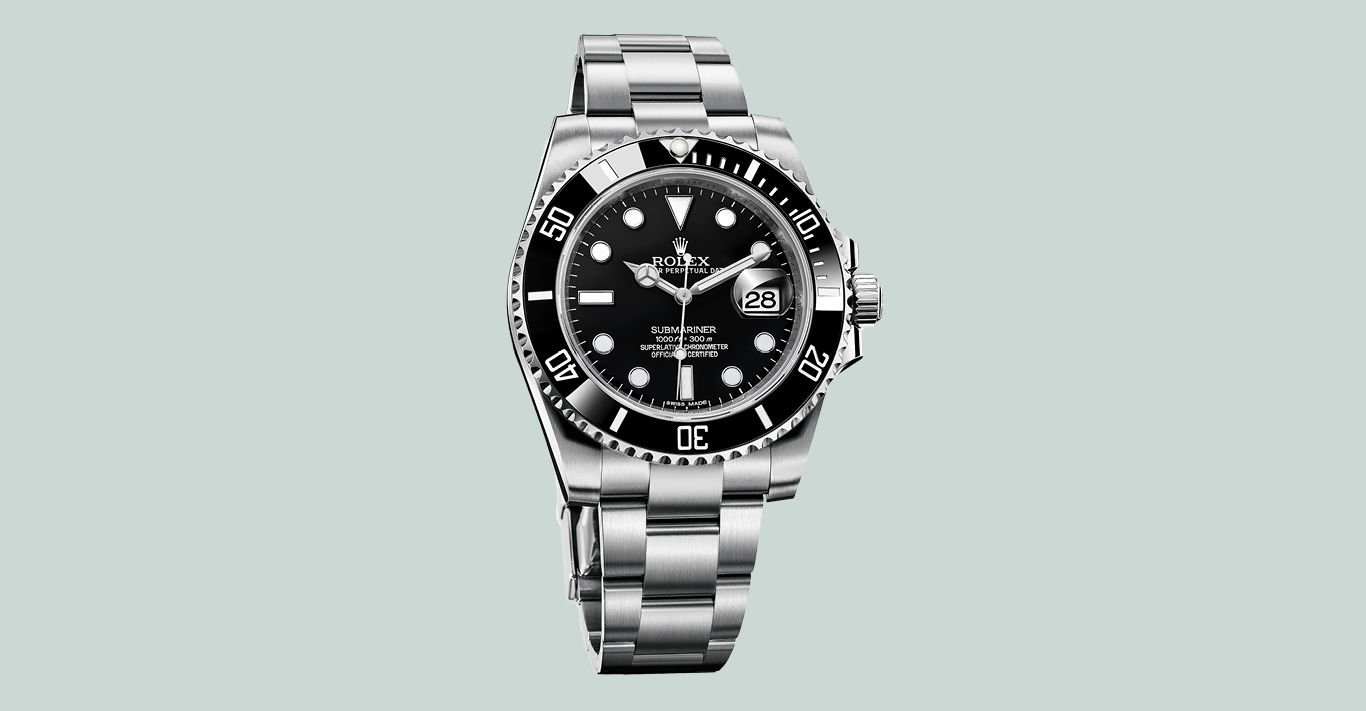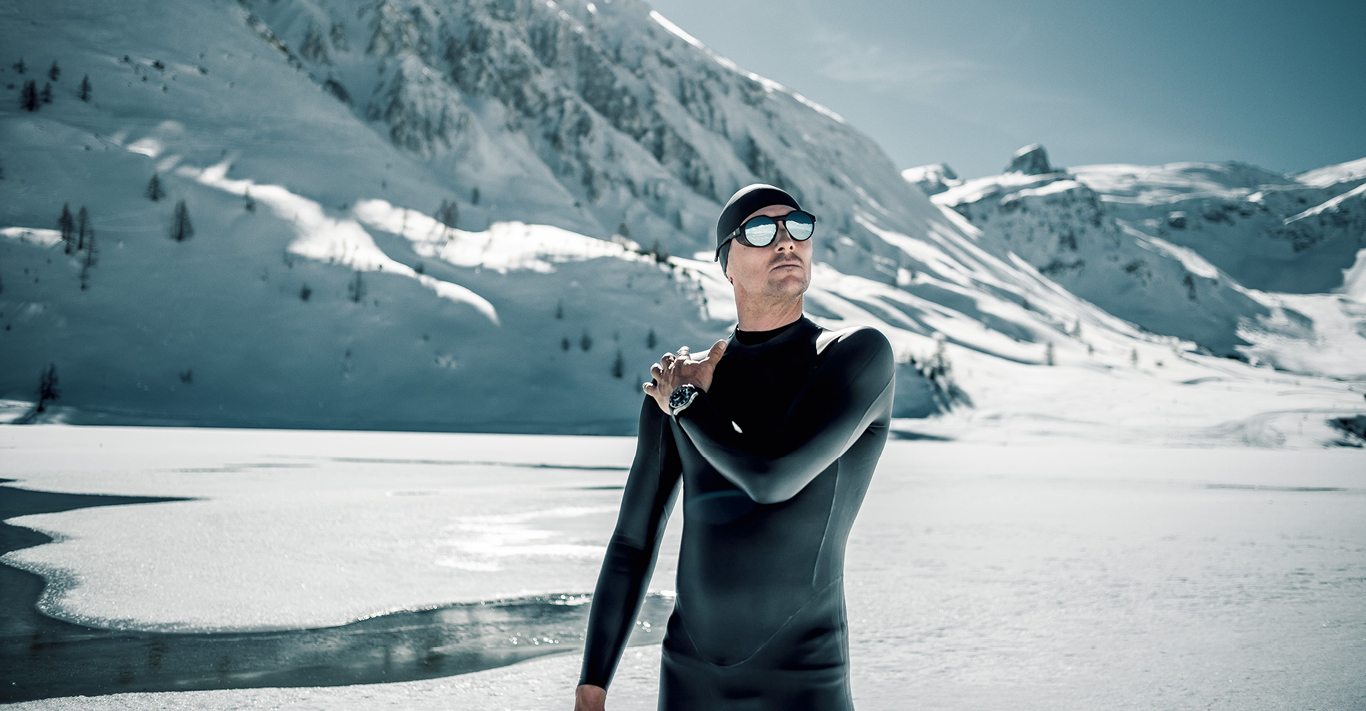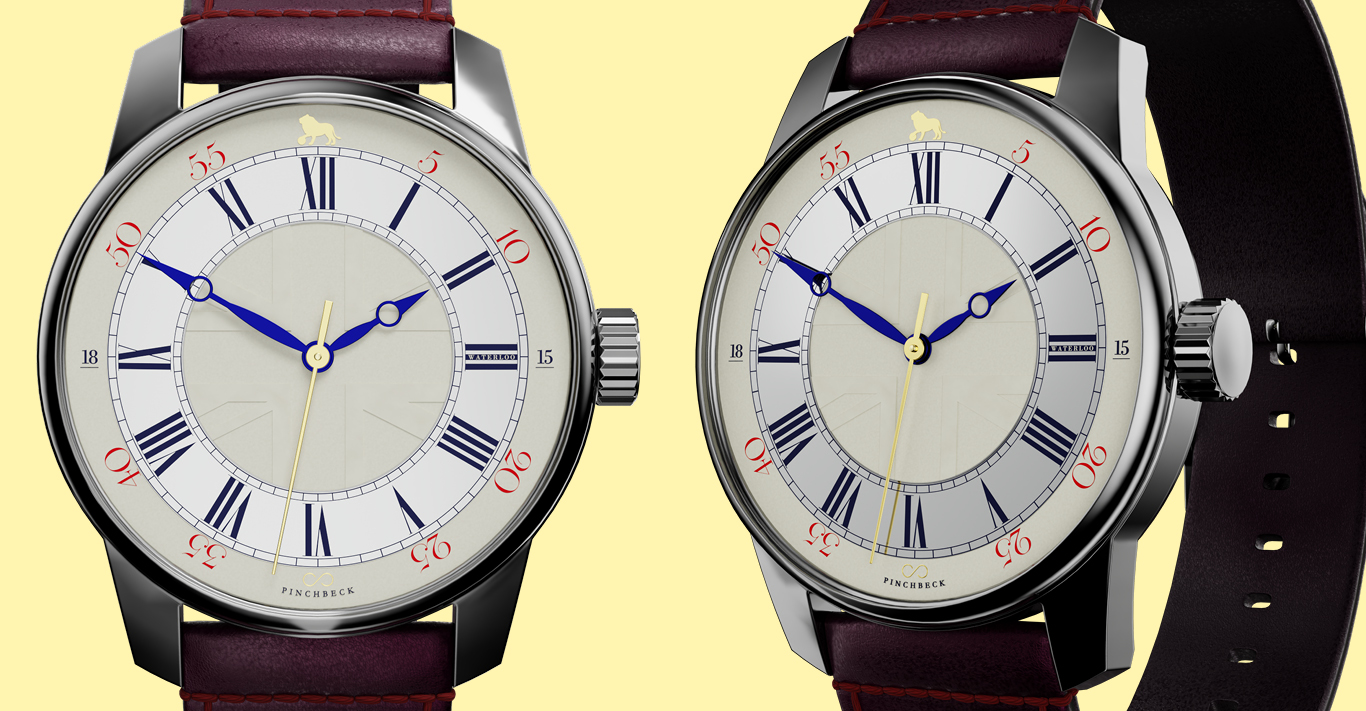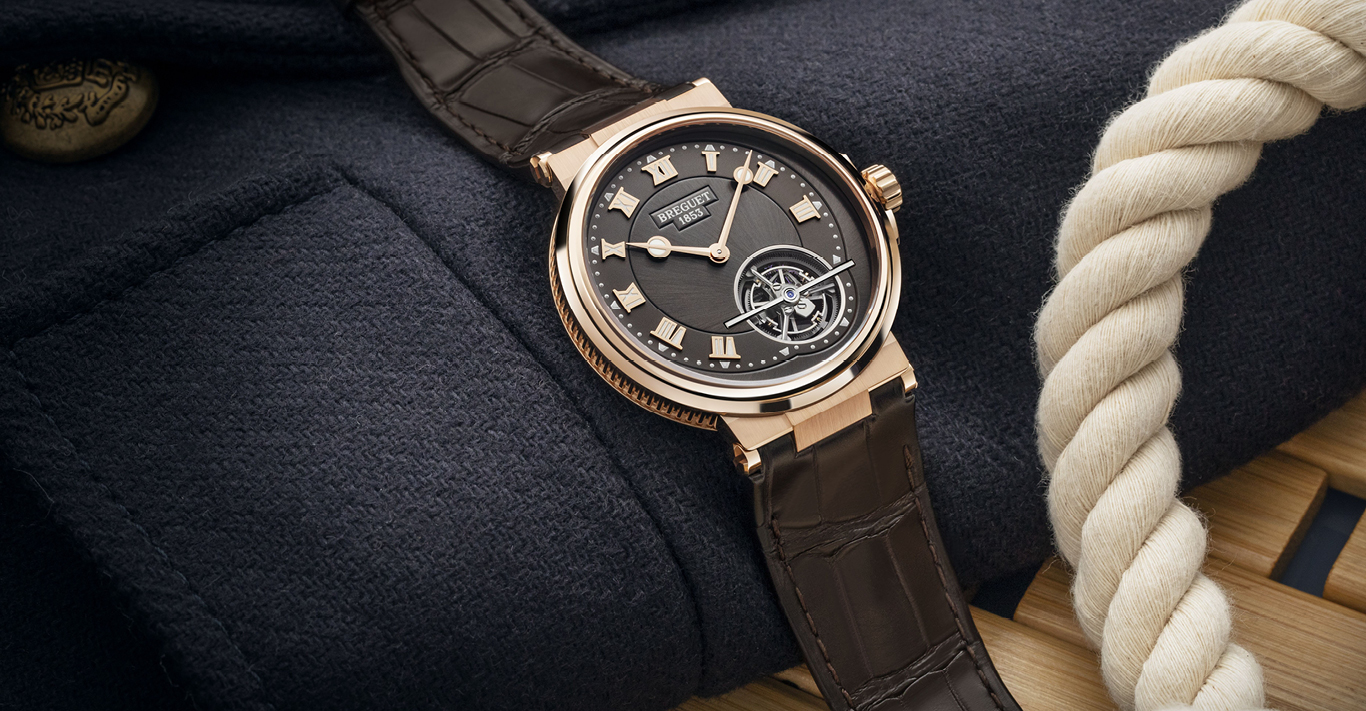The word ‘Rolex’ is synonymous with some of the finest watches in the world – a reputation that is hard earned. The watchmaker has had a commitment to quality ever since it was founded in 1905 by an entrepreneurial 24-year-old named Hans Wilsdorf. From the very beginning his vision was to create watches that were not only sophisticated to the eye, but also reliable and precise. Concentrating on the quality of the movements, in 1910 a Rolex watch was the first in the world to receive the Swiss Certificate of Chronometric Precision from the Official Watch Rating Centre in Bienne.
It’s an ethos that has been passed down through Rolex’s history. To this day, it prides itself on a rigorous production process before a timepiece is allowed to leave its headquarters in Geneva. These quality controls go far above and beyond the situations a watch would face during normal day-to-day wear; they range from shock testing to an impact equivalent to a G-force of 5,000 – hundreds of times more than a crash test – to the deep-sea test tank, which guarantees the water resistance of its Rolex Deepsea divers’ watches by putting them through their paces in a specially designed hyperbaric tank that simulates the pressure at 4,875 metres below sea level.
Outside the factory, throughout the decades, Rolex’s watches have withstood some of the most extreme natural conditions on earth. The watchmaker has long had an association with adventure and exploration, born out of desire to prove the hardy qualities of its watches. Rolex created the Oyster, the first waterproof wristwatch, in 1926, which today remains an iconic part of Rolex’s collection. To back up its ambitious claims, in 1927 British professional swimmer Mercedes Gleitze wore it on a gruelling 10-hour swim across the English Channel, which Rolex followed by publishing a full-page advertisement on the front page of The Daily Mail in tribute to the success.
Since then, Rolex has accompanied pioneering explorers to the highest mountain peaks and the deepest trenches of the oceans. In 1953, Sir Edmund Hillary and Tenzing Norgay completed their historic journey to the summit of Mount Everest, guided by their trusted Oyster Perpetuals. A few years later, in 1960, the Trieste bathyscaphe made history as the first manned vessel to successfully descend into the Mariana Trench, the deepest known depression on the earth’s surface. The Rolex Deep Sea Special, an experimental watch that had been attached to the outside, remained unscathed. In 2012, filmmaker and explorer James Cameron made the first solo submersible dive into the trench, reaching 10,898 metres. Strapped to the manipulator arm of his Deepsea Challenger sub was the Oyster Perpetual Rolex Deepsea Challenge, an experimental watch, which is waterproof to 12,000 metres and specially designed to resist the extreme pressure. It worked precisely throughout the dive.
Today, Rolex continues to innovate not only in horology but also in the fields of sport, art, science and adventure. With initiatives such as the Rolex Awards for Enterprise, which supports pioneering individuals across multiple disciplines that are changing lives around the world, it retains a global impact in watchmaking and beyond.
SPOTLIGHT ON THE ROLEX SUBMARINER: ‘The Rolex Submariner has long been one of the brand’s most iconic pieces, referred to as “the watch that unlocked the deep”. The first diver’s wristwatch waterproof to a depth of 100 metres, the Submariner remains, to this day, the ultimate tool watch, demonstrating Rolex’s continued success in achieving timeless sport elegance.’
Sandy Madhvani, showroom manager for DMR London




